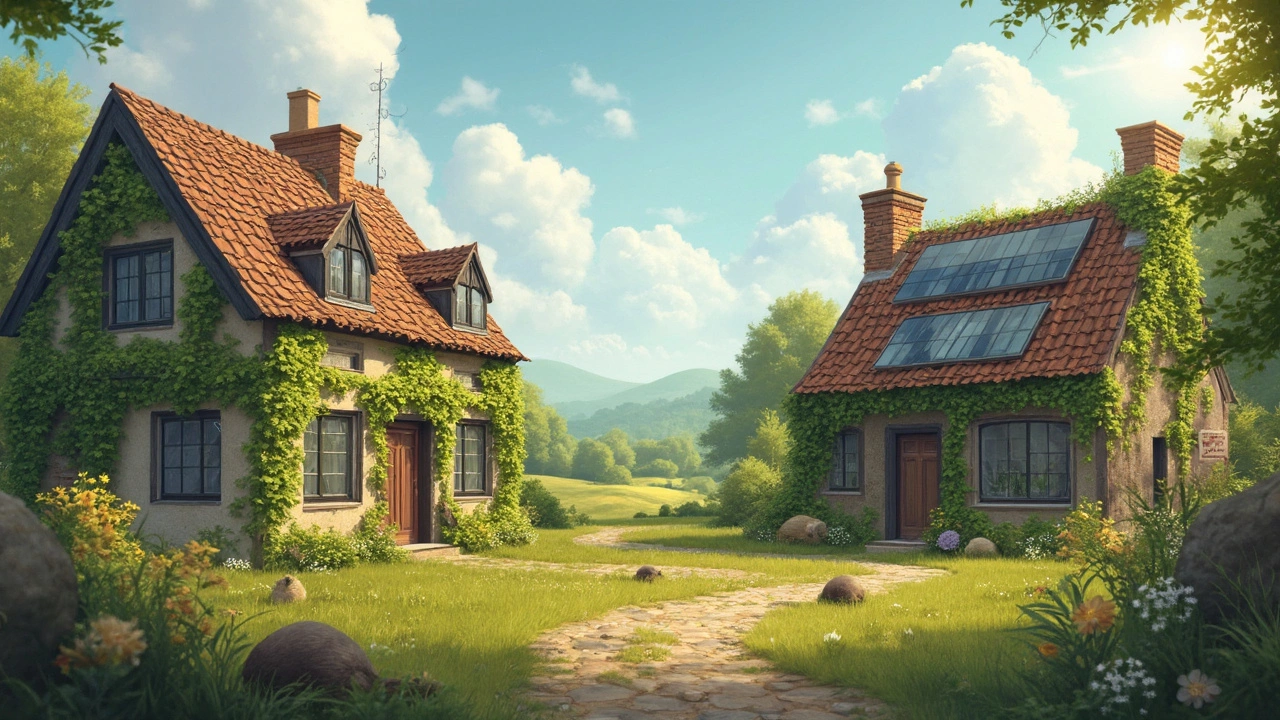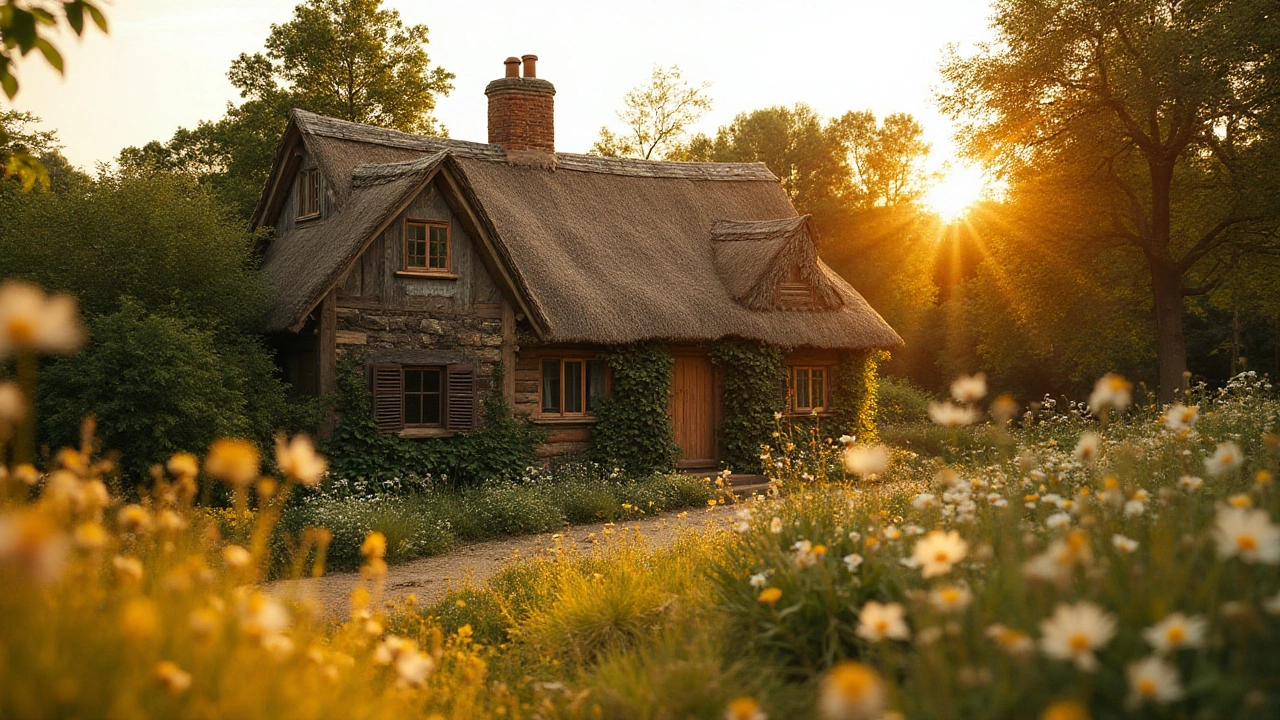Eco‑Friendly Building: Simple Steps to a Greener Home
Thinking about a new build or a remodel? You don’t have to sacrifice comfort to go green. With a few smart choices you can cut energy bills, shrink your carbon footprint, and end up with a house that feels healthier to live in.
Choose Materials That Let Nature Do the Work
Start with the basics—pick sustainable materials. Reclaimed timber, bamboo flooring, and cork insulation all come from renewable sources and often need less processing than traditional options. They’re lighter on the environment and can add a warm, natural look to any room.
When it comes to walls, think about straw‑bale or hempcrete. Both trap air well, which means better insulation without a pile of synthetic foam. If you’re on a tighter budget, insulated concrete forms (ICFs) reuse plastic beads and provide solid thermal performance for years.
Design for Energy Efficiency
The shape of your house matters. Orienting living spaces to face south (in the northern hemisphere) lets you capture winter sun for free heating. Add overhangs or pergolas to block the high summer sun—this simple move can cut cooling costs dramatically.
Seal every crack. Air leaks are the silent killers of energy savings. Use weather‑stripping around doors and windows, and consider a blower‑door test to pinpoint hidden gaps. A tight envelope paired with a good ventilation system keeps indoor air fresh without wasting heat.
Upgrade to high‑efficiency windows—double or triple glazed units with low‑E coatings reflect heat back inside during winter and keep it out in summer. Even a modest upgrade can save 10‑15% on heating and cooling bills.
Renewable energy isn’t just for big estates. Solar panels now fit on modest roofs and can be combined with battery storage to power lights, appliances, or even a small electric heat pump. If rooftop space is limited, look at community solar programs where you buy a share of a larger solar farm.
Water conservation is another easy win. Install low‑flow fixtures, rain‑water harvesting tanks, and consider a grey‑water system to reuse sink and shower water for garden irrigation. These steps reduce strain on local water supplies and lower your utility costs.
Finally, think about the life cycle of everything you add. Choose appliances with high energy‑star ratings, opt for modular furniture that can be repaired, and avoid single‑use plastics in building finishes. The less you have to replace, the less waste you generate.
Eco‑friendly building isn’t about being perfect—it’s about making better choices where you can. By picking sustainable materials, sealing your home, and adding renewable energy, you’ll see real savings and feel good about the impact you’re making. Ready to start planning? Grab a notebook, list the changes that feel doable, and watch your dream green home come together step by step.

Eco-Friendly Cottages: What Building Materials Should You Avoid?
Many cottage builders want to make eco-friendly choices, but some common materials can harm the planet. This article breaks down which building materials aren't eco-friendly and why. Learn which substances to stay away from, how they impact the environment, and practical tips for greener alternatives. If you're planning a sustainable cottage, this guide will help you dodge the worst offenders. Be prepared to rethink classic options and make smarter, greener decisions.
Continue Reading
Eco-Friendly Building Materials for Sustainable Cottages
Explore the most eco-friendly building materials ideal for constructing sustainable cottages. This comprehensive guide covers innovative materials that minimize environmental impact while providing durability and aesthetic appeal. Discover the benefits of green materials like reclaimed wood, bamboo, straw bales, and hempcrete. Learn practical tips for selecting materials that align with sustainable living goals. Embrace eco-conscious construction methods to create charming, earth-friendly homes.
Continue Reading